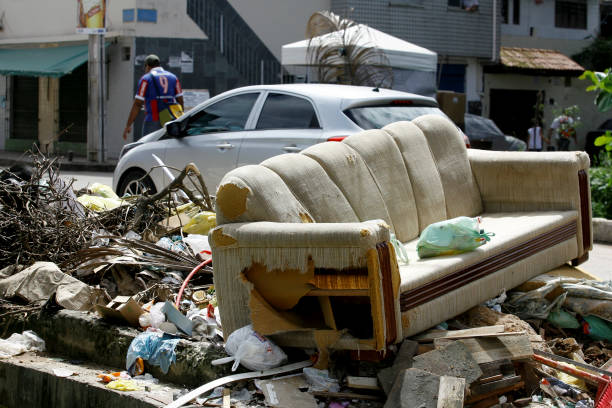
Introduction
Plastic degradation is a pressing environmental issue that has garnered significant attention in recent years. With the widespread use of plastics in various industries, finding effective methods to degrade plastic waste has become imperative. Several methods and chemicals have been proposed for plastic degradation, each with its own advantages and challenges. In this article, we will explore some of the key methods and chemicals used for plastic degradation.

Methods of Plastic Degradation
1. Mechanical Recycling: This is the most common method of plastic waste management. It involves collecting, sorting, and processing plastic waste to produce new plastic products. While mechanical recycling helps reduce the amount of plastic waste sent to landfills, it has limitations in terms of the quality and types of plastics that can be recycled.
2. Chemical Recycling: Chemical recycling, also known as feedstock recycling, involves breaking down plastic polymers into their monomers or other chemical compounds. These monomers can then be used to produce new plastics or other materials. Chemical recycling has the potential to recycle a wider range of plastics compared to mechanical recycling.
3. Biodegradation: Biodegradation is the process by which microorganisms br carbon eat down plastics into simpler compounds like dioxide, water, and biomass. This method is environmentally friendly and can be used to degrade plastics in various environments, including landfills and oceans. However, the rate of biodegradation can vary depending on the type of plastic and environmental conditions.
4. Pyrolysis: Pyrolysis is a thermal degradation process that involves heating plastics in the absence of oxygen to break them down into smaller molecules, including gases, liquids, and solids. The resulting products can be used as fuels or chemical feedstock. Pyrolysis has the potential to convert a wide range of plastics into valuable products, but it requires high temperatures and specialized equipment.
5. Incineration: Incineration is a process that involves burning plastics at high temperatures to generate heat or electricity. While incineration can reduce the volume of plastic waste and generate energy, it can also release harmful emissions if not properly controlled.
Chemicals Used for Plastic Degradation
1. Ozone: Ozone is a powerful oxidizing agent that can break down plastics into smaller molecules. It is often used in combination with other chemicals or processes to enhance plastic degradation.
2. Enzymes: Enzymes are biological catalysts that can break down plastics into simpler compounds. Researchers have identified several enzymes capable of degrading various types of plastics, including polyethylene and polyethylene terephthalate (PET).
3. Acids and Bases: Acids and bases can be used to hydrolyse plastics, breaking them down into their constituent monomers or other chemical compounds. However, the use of acids and bases for plastic degradation can be challenging due to the corrosive nature of these chemicals.
4. Organic Solvents: Organic solvents can be used to dissolve plastics, making them easier to degrade. However, the use of organic solvents for plastic degradation can raise concerns about environmental and health impacts.
5. Catalysts: Catalysts are substances that can accelerate chemical reactions without being consumed in the process. They can be used to enhance the degradation of plastics, particularly in processes like pyrolysis and chemical recycling.
Conclusions
In conclusion, plastic degradation is a complex process that involves various methods and chemicals. While significant progress has been made in developing technologies for plastic degradation, further research and innovation are needed to address the challenges associated with plastic waste management. By exploring new methods and chemicals for plastic degradation, we can move towards a more sustainable approach to plastic waste management and help mitigate the environmental impact of plastic pollution.



You must be logged in to post a comment.